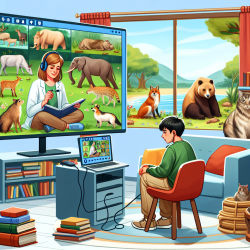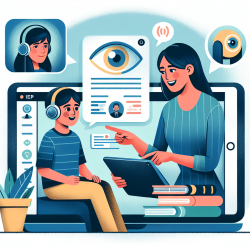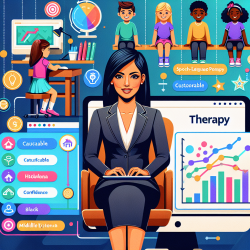Boost Your Online Therapy Skills with Insights from Human-Wildlife Cooperation

Human-wildlife cooperation, a fascinating field explored in the research paper "Safeguarding human–wildlife cooperation" by van der Wal et al., offers valuable insights that can be translated into improving online therapy services. As a practitioner at TinyEYE, integrating these findings into your practice can enhance your skills and effectiveness.
Understanding Human-Wildlife Cooperation
The research delves into the unique and mutually beneficial interactions between humans and wildlife, such as the cooperation between humans and honeyguides in Africa, or humans and dolphins in Brazil. These partnerships highlight the importance of communication, trust, and shared goals—key elements that can also enhance therapeutic relationships.
Key Takeaways for Online Therapy Practitioners
Here are some actionable insights from the research that can be applied to your practice:
- Communication and Trust: Just as honeyguides and humans use specific signals to communicate, therapists and clients need to establish clear, consistent communication methods. Building trust is crucial for cooperation and success.
- Shared Goals: In human-wildlife cooperation, both parties work towards a common goal. Similarly, setting shared goals with your clients can lead to more productive therapy sessions.
- Adaptability: Wildlife partners adapt their behavior based on human actions. As a therapist, being adaptable to your client's needs and responses can enhance the therapeutic process.
- Cultural Sensitivity: Understanding the cultural context of your clients, much like the cultural knowledge shared between humans and wildlife, can improve the effectiveness of your therapy sessions.
Encouraging Further Research
While these insights are valuable, continuous learning and research are essential. Delving deeper into the dynamics of human-wildlife cooperation can uncover more strategies to enhance your practice.
Implementing the Research Findings
To implement these insights effectively:
- Engage in Professional Development: Attend workshops and seminars that focus on communication skills, cultural sensitivity, and adaptability.
- Collaborate with Peers: Share findings and strategies with your colleagues to foster a community of learning and improvement.
- Reflect and Adapt: Regularly reflect on your practice and be open to adapting new methods that can benefit your clients.
To read the original research paper, please follow this
Safeguarding human–wildlife cooperation.
Citation: van der Wal, J. E. M., Spottiswoode, C. N., Uomini, N. T., Cantor, M., Daura-Jorge, F. G., Afan, A. I., Attwood, M. C., Amphaeris, J., Balasani, F., Begg, C. M., Blair, C. J., Bronstein, J. L., Buanachique, I. O., Cuthill, R. R. T., Das, J., Deb, A., Dixit, T., Dlamini, G. S., Dounias, E., ... Cram, D. L. (2022). Safeguarding human–wildlife cooperation. Conservation Letters, 15(4), e12886. https://doi.org/10.1111/conl.12886










